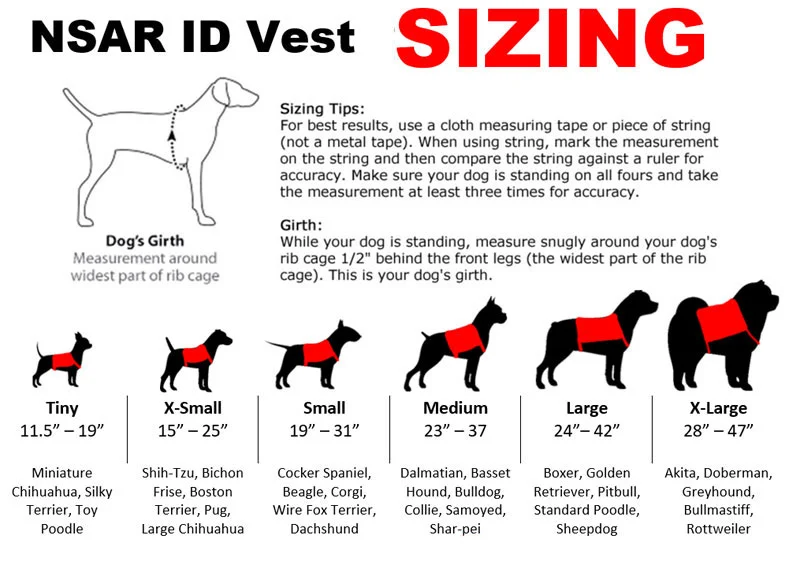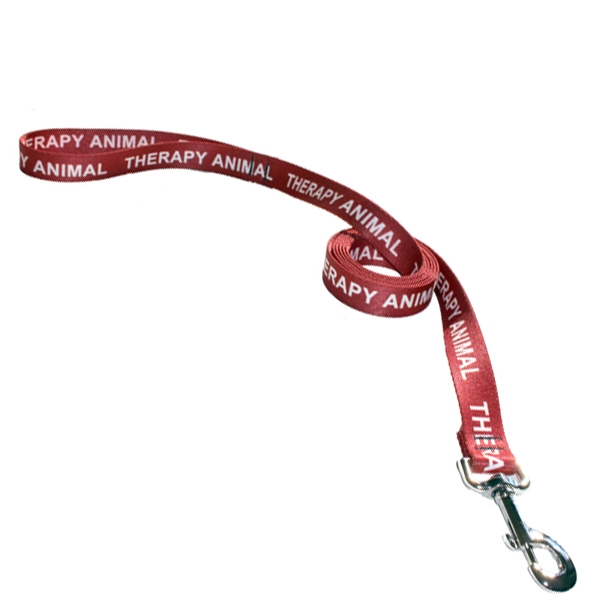The Different Types of Service Dogs: All You Need to Know

You likely know that service dogs are highly skilled animals that are trained to assist someone with a physical or mental disability. But did you know that there are actually many different types of service dogs that perform a variety of functions? This article will tell you a bit more about the different types of service dogs, the jobs they perform, and how they become service animals.
Guide Dogs
Guide dogs are perhaps the first type of service dog that people think of when they learn that an animal has received service animal certification. Guide dogs are specially trained to assist the blind or visually impaired. They wear a harness with a special handle that enables them to guide their owner through busy streets or even around their own home. They can also assist their owner with tasks around the house. References to guide dogs date back as early as the 16th century, but they didn’t become commonplace in the United States until the 1920s.
Hearing Dogs
Dogs can also be trained to help the hearing impaired. Their primary tasks usually involve acting as their owner’s ears. This means alerting them to important sounds, like the doorbell or knock on the door, smoke alarms, alarm clocks, or ringing phones.
Autism Service Dogs
These dogs are trained to help those with autism to become more independent in their daily activities. Not only can they interrupt harmful behavior, alert parents to an autistic child in a dangerous situation, and alert their owner to important noises, but their companionship can also be extremely soothing to those with autism. This can be very important in helping autistic individuals to cope with difficult or unfamiliar situations.
Diabetic Alert Dogs
As you likely know, dogs have an incredible sense of smell. In fact, it’s so incredible that they can detect changes in the glucose levels of their owner’s saliva. This enables them to alert their owner to dangerously low or dangerously high glucose levels so that they can take action before more adverse effects kick in.
Seizure Response Dogs
Contrary to popular thought, seizure response dogs are not actually trained to detect a seizure before it happens. Instead, they’re trained to assist their owner during or immediately after a seizure. This may include activating an alarm to call emergency responders, retrieving medication, finding someone to help, or physically removing the person from a potentially harmful situation.
Mobility Assistance Dogs

Dogs can also be trained to assist those in wheelchairs or who have other mobility impairments. They can be used to physically pull wheelchairs, open and close doors, retrieve objects, and even operate light switches. This enables the person to live much more independently.
Emotional Support Animals
Unlike those mentioned above, emotional support animals do not need to receive any specialized training, and they don’t perform any actual service-based tasks. Rather, their purpose is to simply provide a soothing presence to those who may struggle with anxiety, depression, or other mental or emotional disorders. Additionally, any animal(s) can be an emotional support animal.
Becoming a Service Dog
Typically, the average pet cannot become a service dog. They are usually specially trained from puppyhood to perform the tasks needed to aid others, and they receive their service dog certification upon graduating from their training course. However, if you have an animal that you wish to have registered as a service animal, you may be able to find training courses for them. You can also choose to register any dog or other pet as an emotional service animal.
Check out our website for easy and simple instructions to register your pet as an emotional support animal.

















































